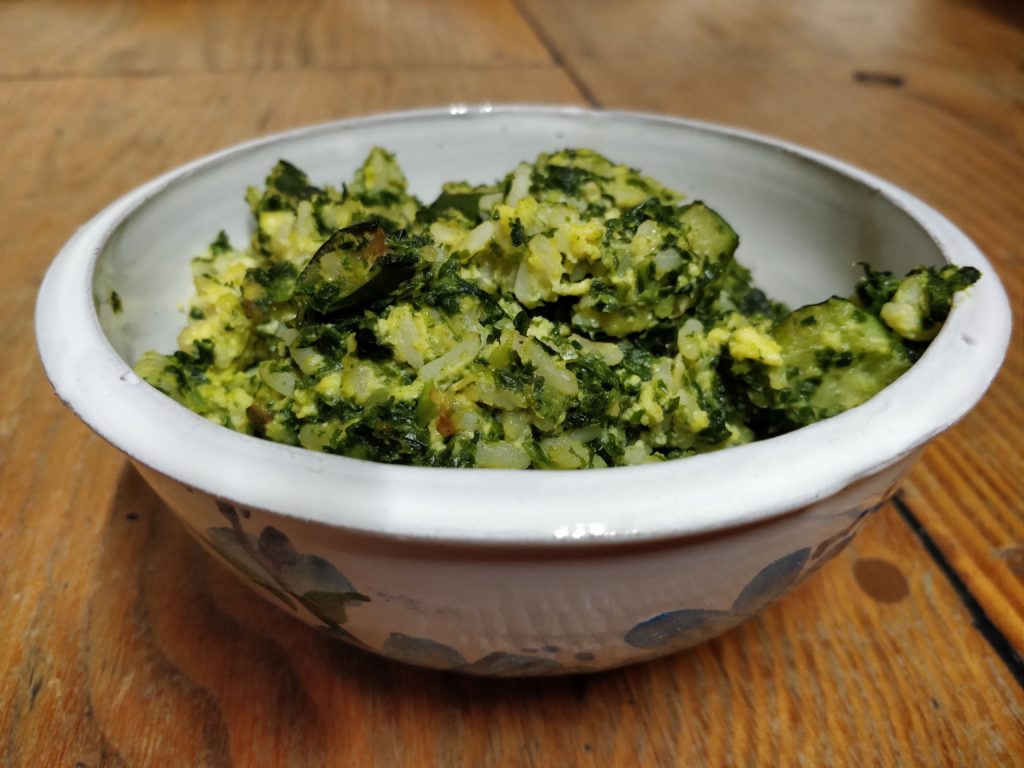Eating local is key for lessening carbon footprint and opimtising scrumptiousness. But for meal-planning, that requires knowing what comes out of the earth, when! Cáit Curran, an organic and biodynamic farmer in Co. Galway kindly took the time to list all the veggies that come into season simultaneously for me. Here’s the low-down and dirty on the, well, low-down and dirty! 🙂
JANUARY: beetroot, cabbage – winter, carrots, Jerusalem artichokes, kale, leeks, mixed leaves, parsnips, potatoes, sprouts, swedes
FEBRUARY: beetroot, cabbage – winter, carrots, Jerusalem artichokes, kale, leeks, mixed leaves, parsnips, potatoes, sprouts, swedes
MARCH: beetroot, broccoli – sprouting, cabbage – winter, carrots, Jerusalem artichokes, kale, leeks, lettuce, mixed leaves, parsnips, potatoes, rhubarb, spinach, swedes
APRIL: asparagus, broccoli – sprouting, cabbage – winter, kale, leeks, lettuce, mixed leaves, potatoes, rhubarb, scallions, spinach
MAY: asparagus, broccoli – sprouting, cabbage – spring, carrots, lettuce, mixed leaves, rhubarb, scallions, spinach
JUNE: beans, beetroot, broccoli, cabbage – spring, carrots, cauliflower, courgette , cucumber, garlic, lettuce, mixed leaves, peas, potatoes – early, scallions, spinach
JULY: beans, beetroot, broccoli, cabbage, carrots, cauliflower, courgette, cucumber, garlic, lettuce, mixed leaves, peas, pepper, potato, scallions, spinach, sweetcorn, tomato
AUGUST: beans, beetroot, broccoli, cabbage, carrots, cauliflower, celery, courgette, cucumber, lettuce, mixed leaves, peas, pepper, potato, scallions, spinach, sweetcorn, tomato
SEPTEMBER: beans, beetroot, broccoli, cabbage, carrots, cauliflower, celery, courgette, cucumber, lettuce, mixed leaves, parsnip, peas, pepper, potato, scallions, spinach, sweetcorn, tomato
OCTOBER: beetroot, broccoli, cabbage, carrots, cauliflower, celery, cucumber, kale, lettuce, mixed leaves, parsnip, pepper, potato, scallions, spinach, swede, tomato
NOVEMBER: beetroot, broccoli, cabbage, carrots, cauliflower, celery, kale, lettuce, mixed leaves, parsnip, potato, scallions, spinach, sprouts, swede
DECEMBER: beetroot, cabbage, carrots, Jerusalem artichokes, kale, lettuce, mixed leaves, parnsip, potato, scallions, spinach, sprouts, swede
My next step is going to be some recipes incorporating seasonally-available yumminess … watch this space!
xxÚ




 Last year, my guilt about climate change and niggles about animal welfare finally got too loud to ignore. So I resolved to turn veggie as much as I could.
Last year, my guilt about climate change and niggles about animal welfare finally got too loud to ignore. So I resolved to turn veggie as much as I could.